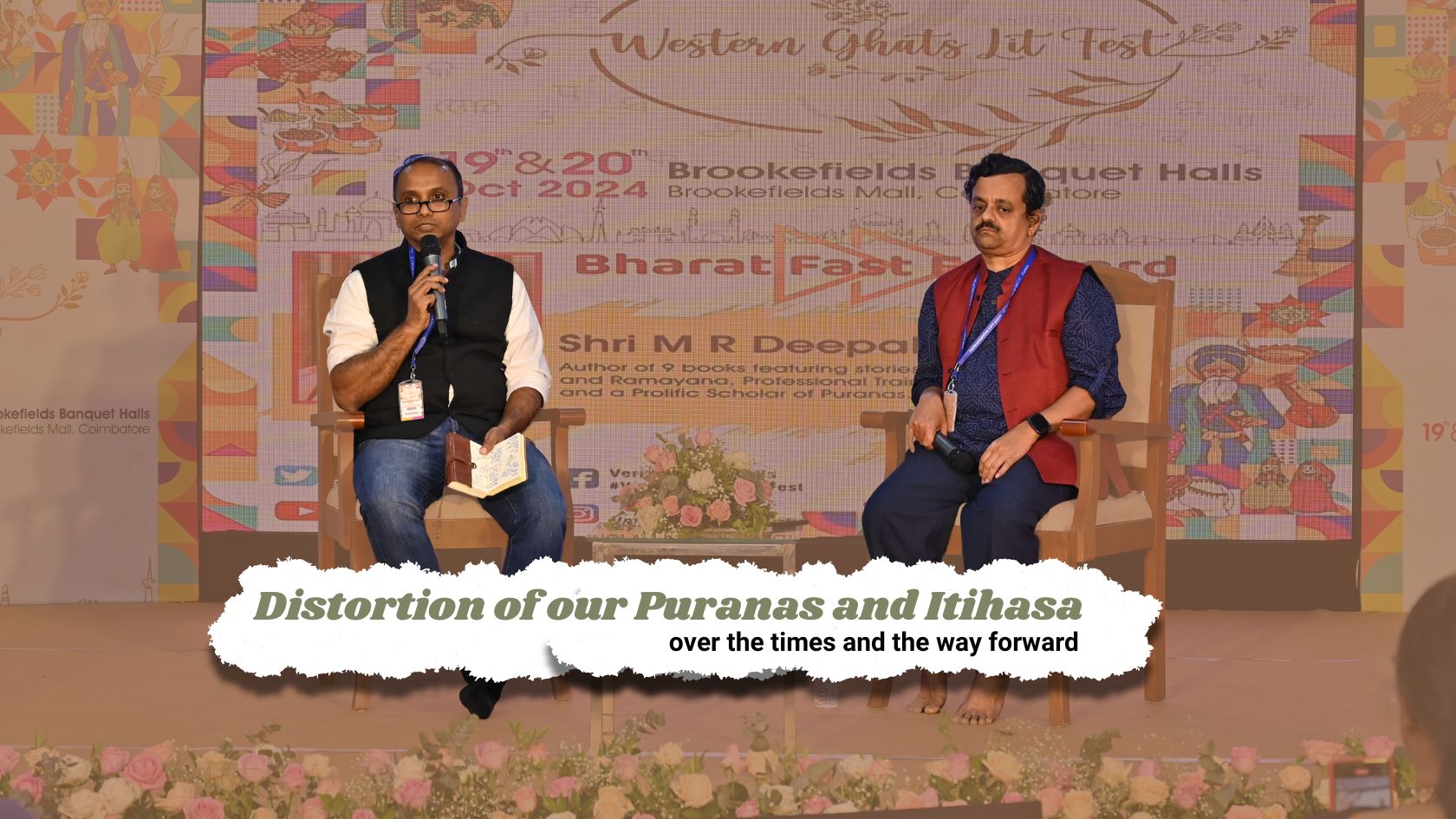
It is a sad reality that our Itihasa and Puranas have been subject to severe distortion over the years. This is not surprising considering how even the history of our country has been distorted. Students from different generations have studied a distorted version of history, and have grown up believe in false facts as history.
Our history books have unfortunately been prepared by leftists who have imposed their ideology on our education system. Marxist historians have refused to accept the Mahabharata, Ramayana, and our Puranas as a part of our history. Generations of Indians have been the victims of this artificially constructed ecosystem.
It is time we fix things and ensure future generations get to know the real history of our great nation. The Mahabharata and Ramayana are considered as itihasa (something that happened). While modern historians demand timelines and documentary evidence, our itihasa has thrived based on oral traditions. It is time to get a clear perspective of what distortions have happened over the years.
The Distortions – Erasure
One of the forms of distortions used is erasure, where attempts are made to erase a part of a nation’s history. In the case of our Itihasas and Puranas, the leftist historians have dismissed them from our history books by dubbing them as mythology. It is a systematic campaign to disconnect people from our culture and tradition.
The leftist cabal claims that the epics have instances of magic and miracles, which cannot be true. They hence dismiss the entire itihasa as mythology and fiction. The icon of the Marxists, Romila Thapar once said that “The character of Yudhishtira was inspired by Ashoka.” The insidious nature of this statement needs to be understood.
The reason for putting out this statement is to submit an opinion that Yudhishtira was a fictional character who never existed. The leftists try to suggest that the Mahabharata is a work of fiction that was written after the times of Ashoka. It is all part of their campaign of erasure to remove our itihasa from the history book.
Itihasa says that the events in the Ramayana and Mahabharata occurred. The story was passed on from one generator to another through bards who narrated it. Later on, the story was written in manuscripts. Since the original manuscript is not available, there are attempts to dub it as fiction.
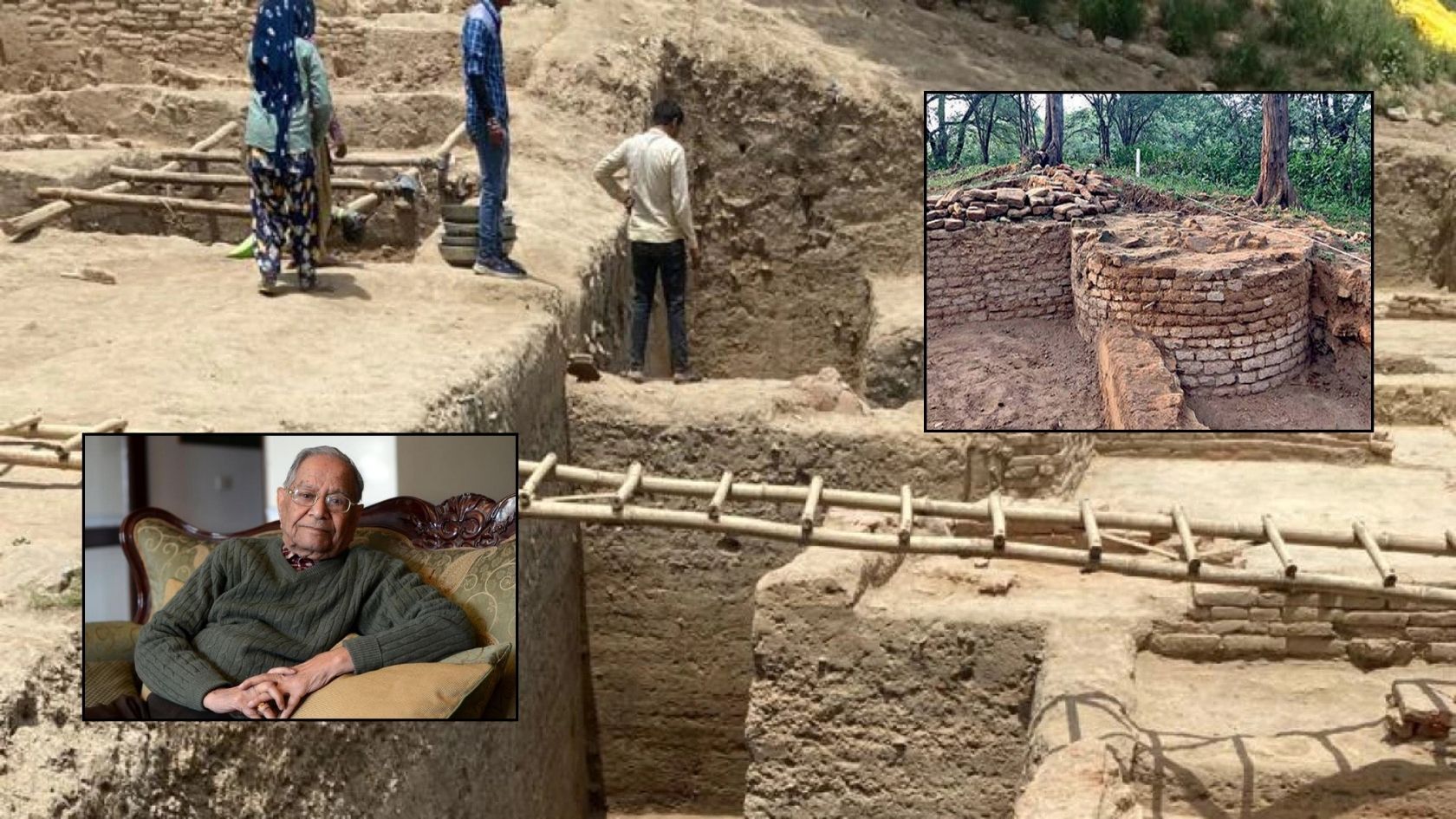
Over the years, archeologists have done a lot of work at places that have been mentioned in the Mahabharata. The renowned historian and archeologist BB Lal has done a lot of work in this regard. His work was in places like Hastinapura, Indraprastha, and Kampilya mentioned in the Mahabharata.
His excavations found painted grey ware pottery that proved that there was a civilization that existed in places mentioned in the Mahabharata. Subsequent excavations even found a war chariot belonging to the Mahabharata. While there is divergence of views on the date during which the Mahabharata occurred, the evidences very clearly show that the Mahabharata was not a work of fiction.
The Mahabharata says that the city of Dwarka was submerged after Krishna’s death. Archeological evidence has shown that the ruins of the Dwarka corroborate this story. Many archeologists have found evidences proving that the city existed during 2000 BC. Similar archeological evidences have been found for the Ramayana.
All these provide the evidences that leftist historians look for. Sadly, these historians are not interested in evidence and only want to dub our puranas as fiction. It is time that these real facts are brought out before people.
Obfuscation: Varna and Jati
A favourite trick of leftist historians is to obfuscate facts or create confusion. They have done it on the caste issue by doing two things:
1) Saying that casteism originated in the Mahabharata/Ramayana times.
2) Caste discrimination and untouchability were practiced during those times.
They quote references to substantiate their claims and cause confusion. The fact of the matter is that what they are talking about is Varna or class, and not caste. The epics have mention of Varna or class. People were divided into different varnas based on their occupation. This is very clearly documented in the epics and various texts.
The varna classification was:
a) Kshatriyas – those who ruled and defended the kingdom or fought in battles.
b) Brahmanas – priestly class who performed rituals and taught others.
c) Vaishyas – those who engaged in trade and commerce.
d) Shudras – those who served others.
People would belong to a particular varna based on the work they did, and also based on their deeds and quality. Evidence of this is very clearly found in the Bhagvad Geeta (4.13), where Krishna says:
चातुर्वर्ण्यं मया सृष्टं गुणकर्मविभागश:
According to Krishna, he created the four varnas or classes as divisions based on the quality and actions of a person.
From this, it is clear that a person’s varna was not based on birth. Jati or caste comes from birth, not varna. A person of one varna could move to another varna.
The great sage Vishwamitra was a Kshatriya and a king. He saw the power of Vasishta and was impressed. He spent many years in penance, and always pleased Brahma and became a Brahmarshi.
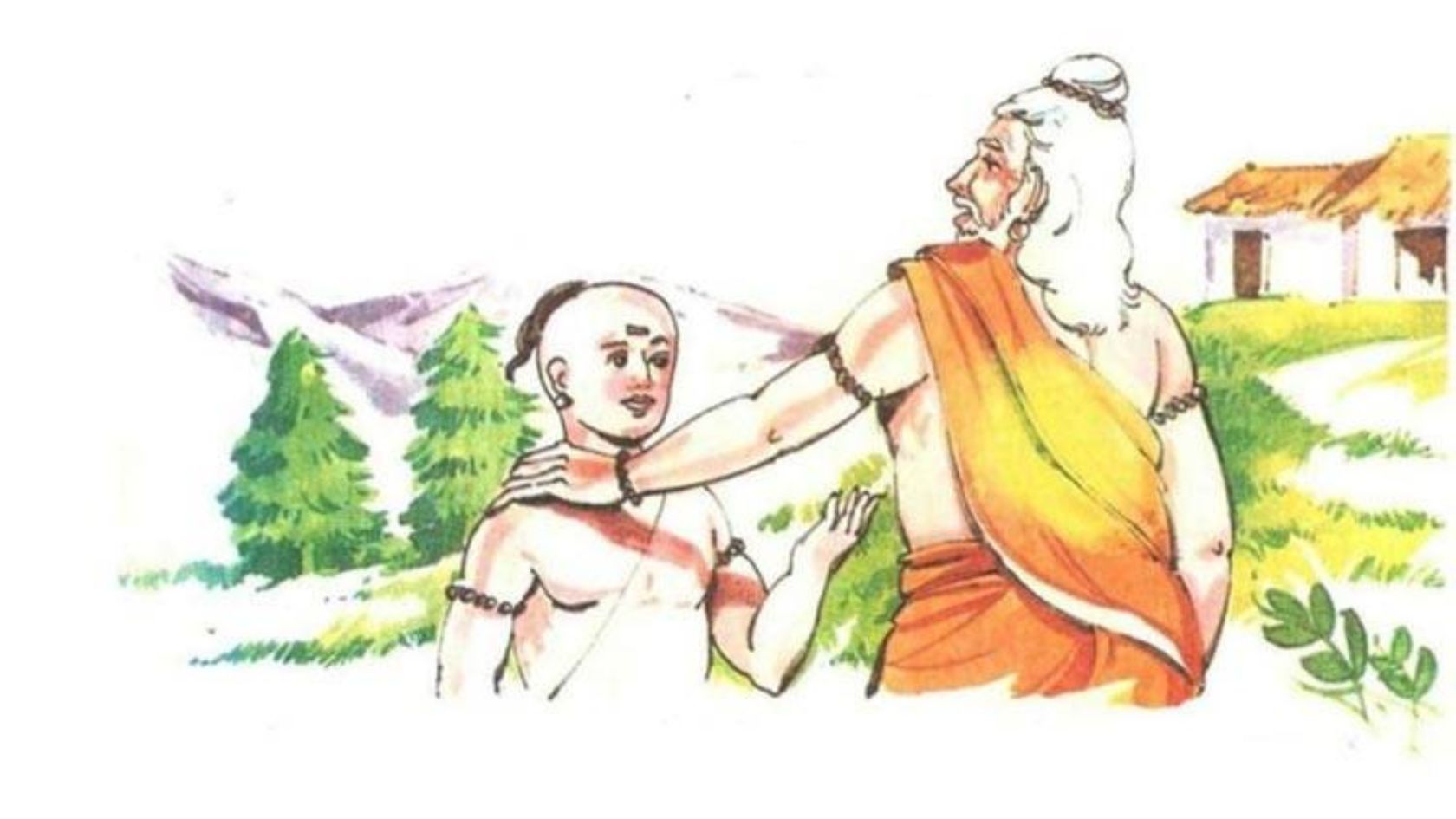
Satyakama was a young boy who wanted to learn. He went to the sage Gautama Haridrumata. When the sage enquired about his lineage, the boy replied that his mother used to serve different men. So, it was not known who his father was. He said that his name was Satyakama Jabala and that he wanted to learn. Impressed by his honest and eagerness to learn, the sage declared that he had the traits of a brahmana, and would be treated as one. He then enrolled Satyakama to his school.
In the Mahabharata, there is an interesting discourse between Yudhishtira and Nahusha (who had been cursed to be a serpent). Nahusha tells Yudhishtira that truthfulness and knowledge of the Brahman can be found in all four varnas. Yudhishtira then replies that a brahmana who does not have the traits of a brahmana is a Shudra. If these traits are seen in a Shudra, he is not a Shudra.
All these clearly prove that the varna system followed during the time of the epics had nothing to do with caste. When such is the case, the obfuscation that caste discrimination and untouchability were practiced is completely false.
Bheeshma, while advising Yudhishtira, says that a king should have eight advisers. They should include four virtuous brahmanas, three pure shudras, and one suta without malice. Bheeshma says decisions on disputes and judgement on crimes have to be taken with these eight ministers.
Stories are spread about caste discrimination against Ekalvya and Karna. This is yet another instance of obfuscation. Ekalavya was the son of the Nishada king Hiranyadhanus who was a close ally of Jarasandha. That was one of the reasons Drona refused to teach him, and it was not caste discrimination.
Karna was already a student of Drona. Jealous of Arjuna, he demanded the higher Brahmastra from Drona because Drona had given it to Arjuna. Drona refused to give it because he knew Karna was evil. There was no caste discrimination here.
So, it is clear that a varna system existed during Puranic times. It was only later on that the varna system became a jati system. People who had positions of privilege wanted their children to enjoy the same privilege. This led to the birth-based caste system, which came much later.
Particular attention has to be paid to the fact that this (the varna system) was essentially a class system, in which individuals, when qualified, could change their class, and therefore classes did change their personnel. (Writings and Speeches, Vol. 1, P.18) – Dr B R Ambedkar
In the first place, there was no untouchability in the time of Manu… (The Untouchable) – Dr. B R Ambedkar
In this book, he traces the rise of untouchability to 400 AD, several centuries after the Vedas are believed to have been composed.
Outright Lies: The Charge of Misogyny
The third category of distortion that happens in resorting to outright lies. Many such instances of outright lies have been spread about our Itihasas and Puranas. Prominent among them is the charge that misogyny was practiced during the times. Leftists, liberals, and feminists accuse the key characters in the epics of being misogynistic. They also allege that women had no agency and evil practices like Sati and ill-treatment of widows were in vogue.

These are outright lies and far from the truth. The story of Savitri from the Mahabharata clearly disproves many of these charges. Savitri was a princess who set out to find her own husband. It is a situation unimaginable in those times. Yet she had the freedom to do it. She selected a husband who everyone felt was unsuitable because he stayed in the forests and was short-lived.
Yet, Savitri insisted that she would only marry Satyavan. She knew he would die soon, and prepared herself for all eventualities. She also probably knew Yama himself would come to take Satyavan. Savitri was prepared and ensured her husband came back to life. She was a strong and progressive woman who had agency. This story completely disproves the lie that women had no agency.
The lies about ill-treatment of widows fall flat when we look at the fact that Satyavati was the first woman ruler in India. After the death of her husband and elder son, Satyavati ruled the kingdom. She continued to rule the kingdom even after her younger son died. Satyavati ruled Hastinapura, the greatest empire in the country, until Pandu came of age.
There is also a chronicled instance of a widow officially being made queen of a kingdom. This incident is recorded by Kalhana in his work ‘Rajatarangini’. Damodara was the king of Kashmir and attacked Krishna. He was then killed by Krishna, leaving his pregnant wife a widow.
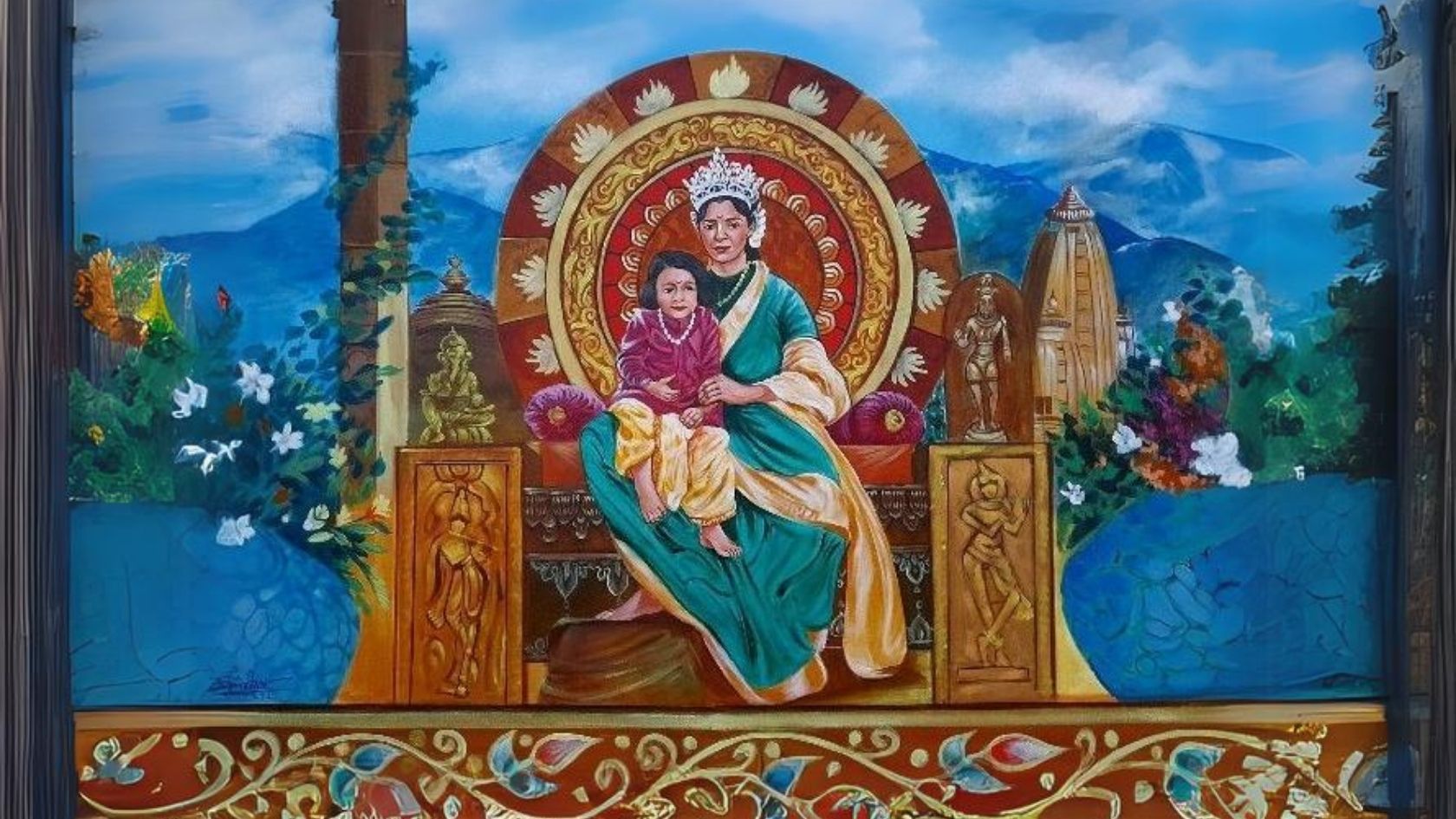
Krishna then declared that Damodara’s wife, Yashovati, should be the queen. He quelled all opposition to his decision. Yashovati then ruled Kashmir for a long time until her son came of age and took over the throne. This is the first recorded instance of a woman officially becoming queen in India, and she was a widow, which proves that widows were not disrespected in any way.
Kunti was a widow and played a very important role. The practice of Sati was also not seen. Dasharatha had three wives and none of them committed Sati, and lived for a long time after his death. Kunti did not commit Sati, but Madri did so because of her guilt over Pandu’s death.
Women like Draupadi were strong and could handle any situation. As Empress, she helped Yudhishtira manage the treasury. She did a lot of dharma (which helped her during the infamous vastraharan), Draupadi never feared anything and could handle any situation bravely. She also defied norms by having five husbands. She was truly a powerful woman, whose story disproves the lies of weak and subjugated women.
The story of Sita’s Agnipravesh is cited to term Rama misogynistic. We must understand the truth here as per Valmiki Ramayana. Rama had no doubts about Sita’s purity. But he didn’t want any questions to be raised about her purity by anyone. He didn’t want anyone to say anything negative about Sita. That is why he conducted the Agnipariksha so the whole world would know Sita was pure.
A similar incident occurred when Dushyanta refused to accept Shakuntala. She then questioned his statements and stood her ground. A divine voice then announced that Shakuntala was his wife and Bharata, his son. Dushyanta then said that he knew Shakuntala was his wife but did all this to conclusively prove to the world that Bharata was his son.
All these stories show that women were strong and not weak and subjugated. They had agency and the right to lead the life as they want. Another lie is that women were not allowed to study the Vedas. This is disproved by the stories of Gargi, Maitreyi, and Lopamudra who had studied the Vedas and were Brahmavadinis. The outright lies of the leftist historians can be consigned to the dustbins of history.
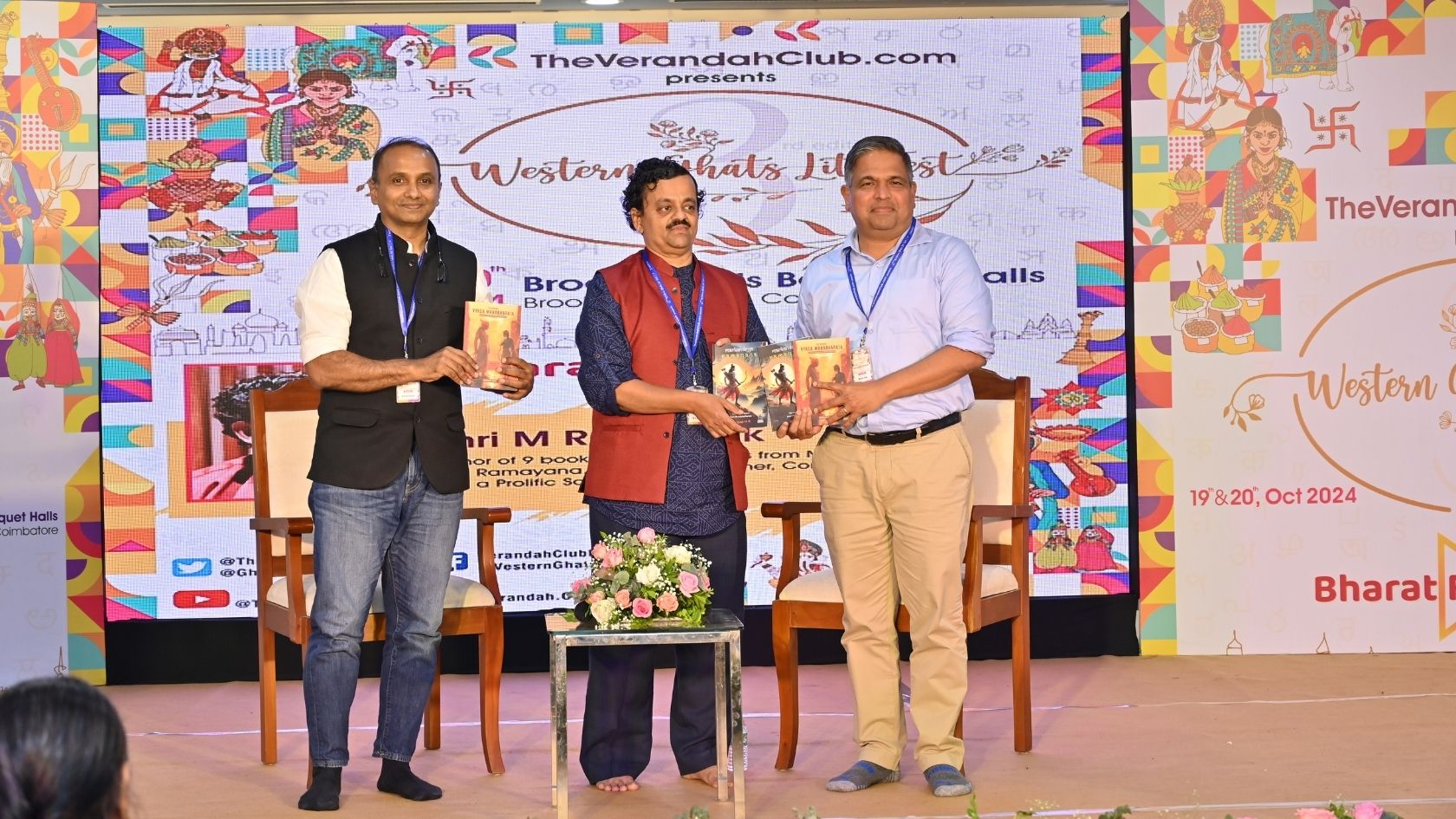
The Way Forward
The way forward is very clear. It is time that we do away with the distorted history that has been imposed on us and bring the truth out. The distortions in our Puranas and Itihasa have been done with an evil intention to defame our culture. The aim is to promote a leftist ideology that dubs our epics as myth and fiction.
The way forward is to let people know the truth, especially the younger generation. It is time that our textbooks are rewritten to bring out the real facts. Even today text books continue spewing lies about Aryan invasion and other such fake theories. The govt. should have changed the text books and the education system by now, but sadly the progress is not satisfactory.
However, there are many positive developments. The importance given to IKS (Indian Knowledge System) is heartening. It will allow students to learn about our cultural heritage and integrate it into the knowledge system. The other positive development is that the New Education Curriculum (NEP) has recommended that Ramayana and Mahabharata should be taught to students at college.
It is important that students know the story of our epics, and the lessons they can learn from it. While all these are positive developments, we as part of the writing community, need to play our part. We must write about the distortions and bring out the truth to the public. Through stories, articles, and talks we must ensure the young generation understand the reality.
We must not allow the distortion of our itihasas and puranas to continue. It is time that we all get involved and do our best to debunk the distortions and allow the truth to prevail.
References
The Mahabharata by Bibek Debroy (English translation of the Critical Edition of the Mahabharata by BORI).
The Mahabharata of Krishna Dwaipayana Vyasa by Kisari Mohan Ganguli.
Ramayana – Bibek Debroy (Translation of the Critical Edition)
https://swarajyamag.com/culture/caste-hierarchy-and-discrimination-not-sanctioned-by-the-vedas
https://www.counterview.net/2016/05/manusmriti-doesntmention.html#:~:text=Venkataraman%2C%20in%20an%20article%20in,2nd%20and%206th%20centuries%20CE
This article is based on the discussions at the Western Ghats LitFest 2024, in which the author had participated.
 Deepak M R is a professional writer and author, who has previously worked in academics, training, and consulting. He is the author of the novel ‘Abhimanyu – the warrior prince’ (Bloomsbury, 2021). He is also a contributing author in the anthology Unsung Valour (Bloomsbury, 2020) and a KDP e-book ‘Mahabharata Tales: Justice for Draupadi and other stories’. He is an avid fan of Hindi film music.
Deepak M R is a professional writer and author, who has previously worked in academics, training, and consulting. He is the author of the novel ‘Abhimanyu – the warrior prince’ (Bloomsbury, 2021). He is also a contributing author in the anthology Unsung Valour (Bloomsbury, 2020) and a KDP e-book ‘Mahabharata Tales: Justice for Draupadi and other stories’. He is an avid fan of Hindi film music.
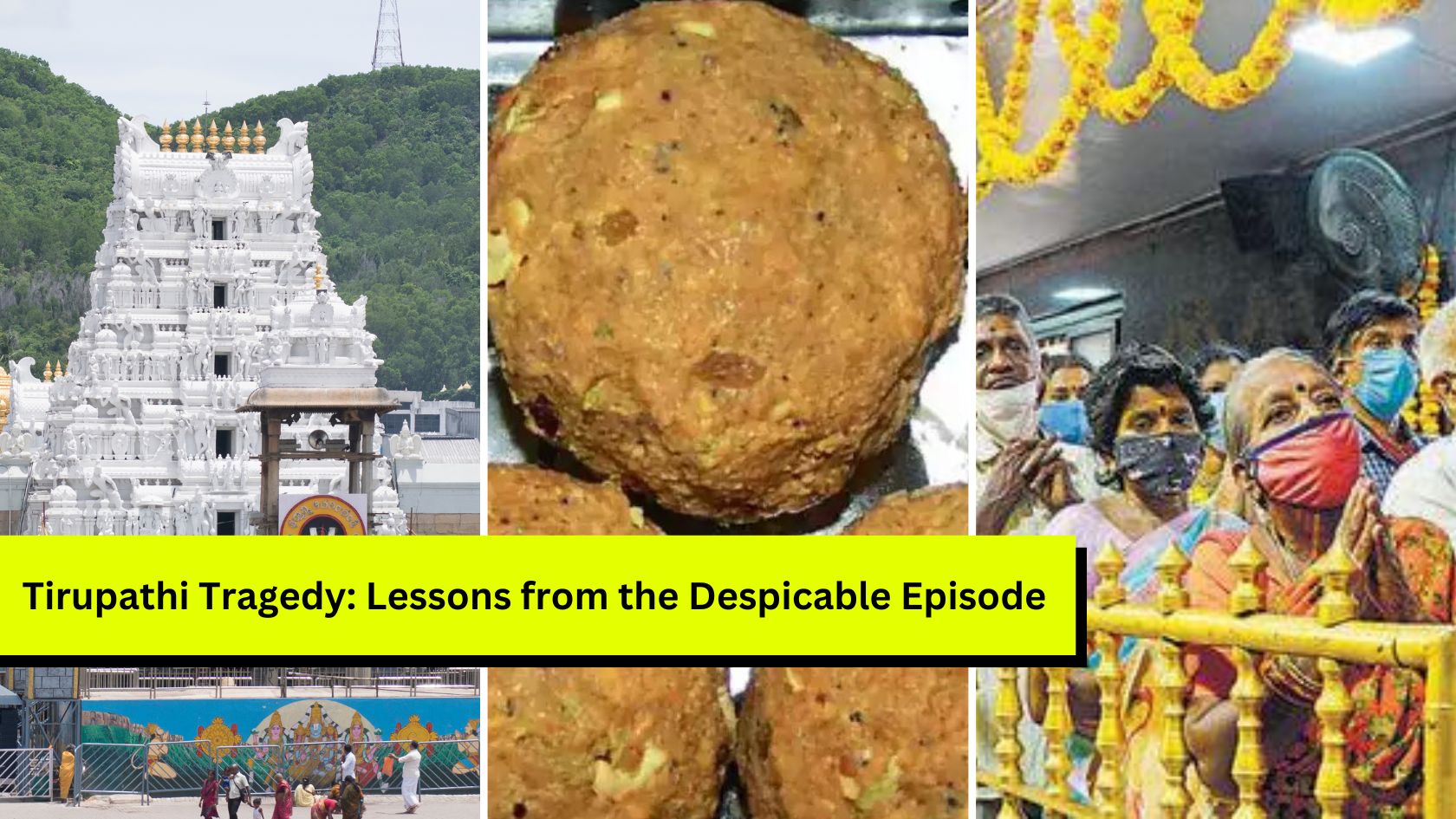
The Venkateshwara Swami Temple in Tirupati is among the holiest places in the world for Hindus. Millions of people throng the temple every year to get...
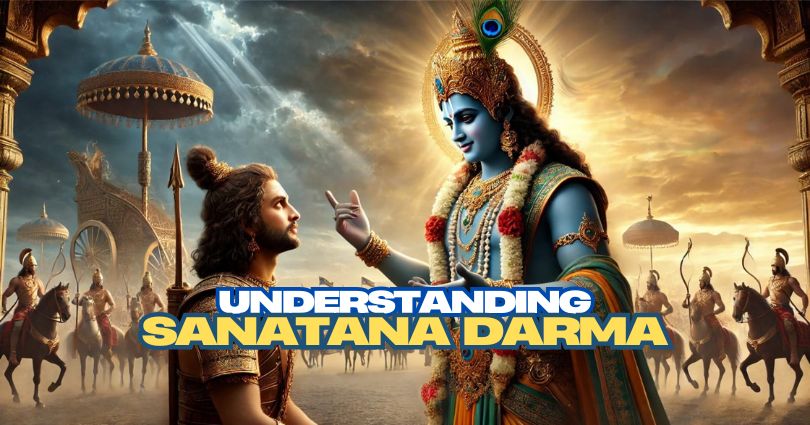
The holy land of Bharat follows Sanatana Dharma. The word Sanatana Dharma is a Sanskrit word meaning, “Eternal law”. It is the indestructible ultimate...
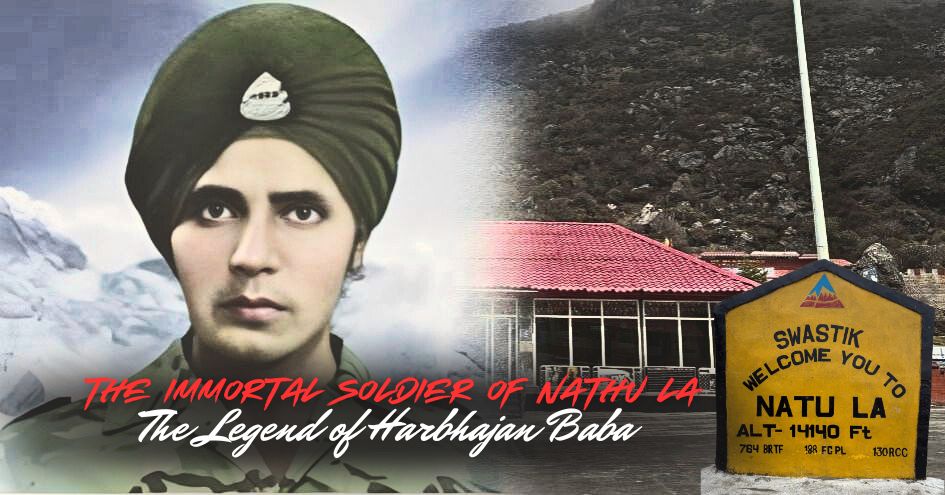
High in the Eastern Himalayas, near the mist-shrouded Nathu La Pass on the Indo-China border, lives a legend that transcends time and death. It is the...